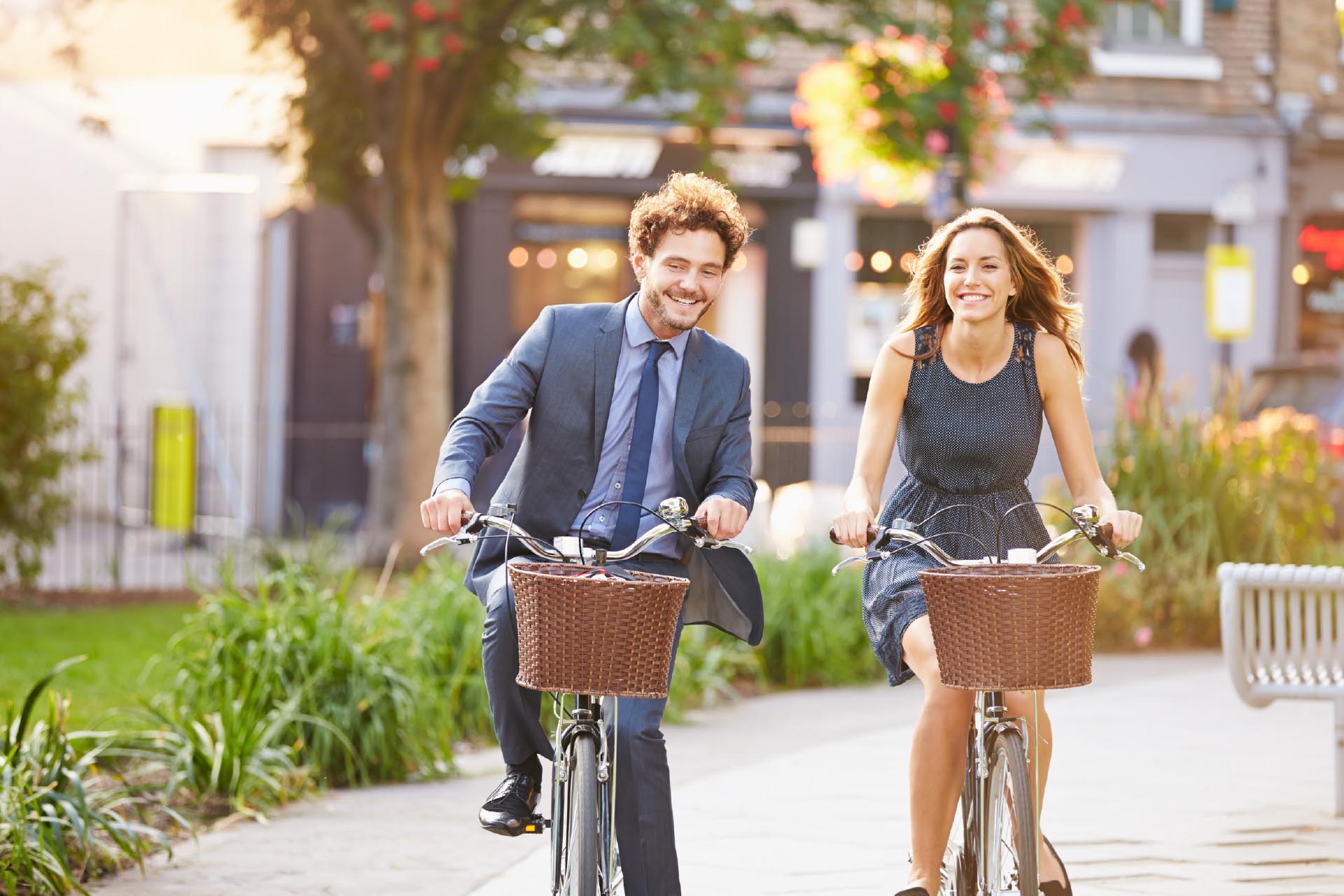Cities draw people together. They provide opportunities for connections, careers, lifestyles, families, and more.
So why are so many of them designed for cars?
“If you plan cities for cars and traffic, you get cars and traffic. If you plan for people and places, you get people and places.” – Fred Kent
Nowadays, many cities are trapped in a cycle: rapid growth increases the need for more roads, which increases the need for more cars, and repeat. While the original goal of highways was to improve mobility, evidence shows that rush hour traffic is neither relaxing nor efficient. Mobility is at the heart of most cities, but at what point is that no longer beneficial?
Some cities are taking action and creating sustainable spaces that put people first. These are some of the ways they’re succeeding.
Placemaking
Streets are where people come together and live their lives—conversations, errands, purchases, and more happen on the streets. Imagine how valuable these interactions could be without vehicles to interrupt them. Traffic and road capacity are the results of deliberate choices made to shape communities. Instead of accommodating only vehicles, these choices can accommodate everyone: pedestrians, cyclists, and drivers. The Metrocable in Medellin is one example of how city choices can improve streets as places.
Increasing Parks and Public Spaces
Consider this: a city that provides a pleasant environment for its children and elderly is a city that would work for everyone. In Bogotá, Colombia, Mayor Enrique Peñalosa decided the city needed to focus on how it could improve life for the 70% of people who did not own cars, instead of the 30% who did. Under his leadership, the city saw 1,200 new or renovated parks, new bicycle paths and pedestrian streets, and 100,000 new planted trees. As a result, the city was able to reduce rush hour traffic by 40% and increase a sense of civic pride among the residents.
Implementing Car-Free Zones
Many cities around the world have started implementing car-free zones in their central districts. In Amsterdam, half of the traffic in the city is actually via bicycles. In the International Business District in Songdo, South Korea, driving is optional because the district was designed to eliminate the need for cars: this is one of the best ways to begin the journey towards a people-designed city.
So, let’s get started!

